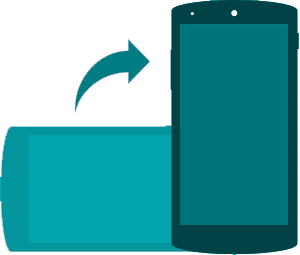 9M+ Happy Customers
9M+ Happy Customers 100% Authentic
100% Authentic Quality Checked Products
Quality Checked Products| ALTERNATE BRANDS |
What is TRIMEG SACHET?
Introduction:
Trimeg sachet is nutritional supplement which is used in the management of homocystinuria (high urine levels of homocysteine) in people with certain inherited disorders. High homocysteine levels are associated with heart disease, weak bones (osteoporosis), skeletal problems, and eye lens problems. This sachet contains trimethylglycine (betaine), which is an active metabolite of choline in the body and a component of beetroot. It serves a vital role in methylation in the body alongside folate, and is an osmoregulator like creatine. It is also a possible ergogenic aid. Trimethylglycine (betaine) acts as a methyl group donor in the remethylation of homocysteine to methionine in patients with homocystinuria.
It can be taken with or without food. Oral trimethylglycine powder should be mixed with food or a beverage and then consumed. The most common side effects of trimethylglycine are nausea, stomach upset, diarrhea and body odor. This medicine should not be taken by obese people or by patients suffering from high cholesterol levels or kidney failure.
Key Composition of Trimeg Sachet:
- Trimethyl glycine
Therapeutic uses of Trimeg Sachet:
- Used in the management of homocystinuria (high urine levels of homocysteine) in people with certain inherited disorders
Side effects of Trimeg Sachet:
Trimeg sachet may cause certain side effects like nausea, stomach upset, diarrhea or body odor, although not everybody gets them. Check with your physician if you notice any unusual effects while you are taking it.
How to manage side effects:
Feeling sick (nausea):
Take these granules with, or just after, a meal or snack to ease feelings of sickness.
Diarrhea:
Drink lots of fluids, such as water or squash, to avoid dehydration. Do not take any other medicines to manage diarrhea without speaking to a doctor.
Safety advice:
- Always take this medicine as directed by your physician.
- Dissolve the contents of the sachet into a glass of drinking water.
- Stir it until it dissolves completely.
- Drink it immediately.
- Do not take this medicine if you are allergic to any of its ingredients.
- It can be taken with or without food.
- This sachet should be used with caution in pregnant or breastfeeding women. Consult your doctor before taking.
- It is not recommended for use in obese people and in patients with high cholesterol levels or kidney failure. Before taking, discuss the risks and benefits with your doctor.
- Tell your doctor about all the medicines you use, including prescription and non-prescription medicines and herbal supplements.
More information:
- Keep out of reach of children.
- Store in a cool and dry place.
- Protect from light and moisture.
FAQ’s:
What are the uses of Trimeg?
It is used in the management of homocystinuria (high urine levels of homocysteine) in people with certain inherited disorders.
Can Trimeg cause nausea?
Yes. This medicine might cause nausea in some individuals, although not everybody gets them. Check with your physician if you notice any unusual effects while you are taking it.
Can Trimeg be taken during pregnancy?
Trimeg should be used with caution in pregnant or breastfeeding women. Consult your doctor before taking.
References:
https://www.webmd.com/vitamins/ai/ingredientmono-1008/betaine-anhydrous
The contents of this website are for informational purposes only and not intended to be a substitute for professional medical advice, diagnosis, or treatment. Please seek the advice of a physician or other qualified health provider with any questions you may have regarding a medical condition. Do not disregard professional medical advice or delay in seeking it because of something you have read on this website.


